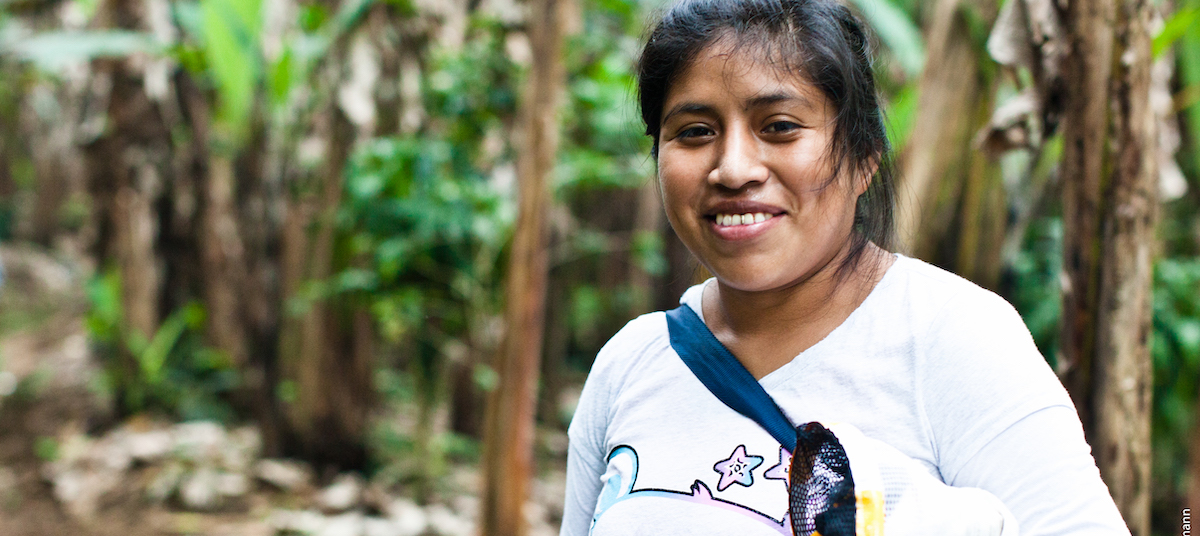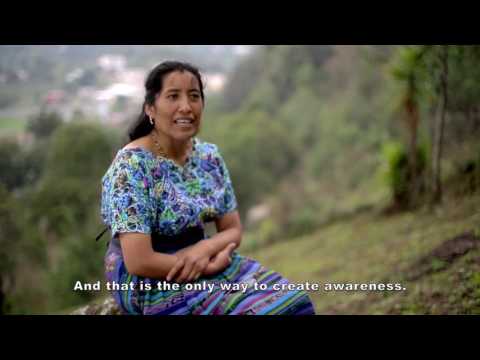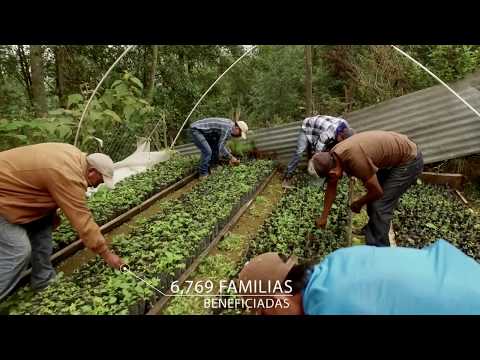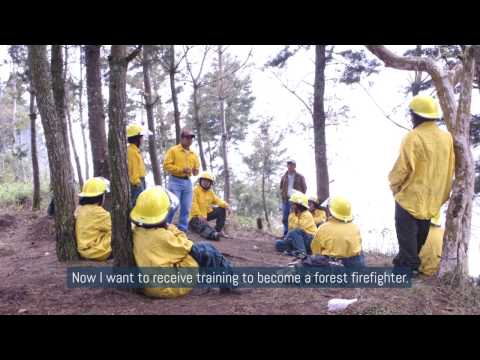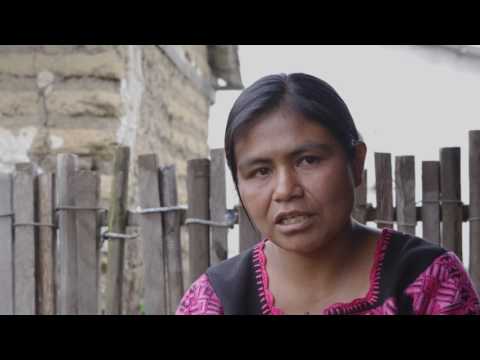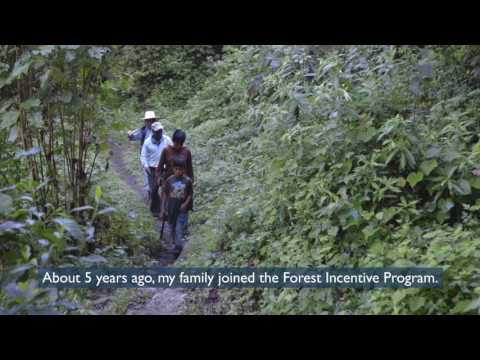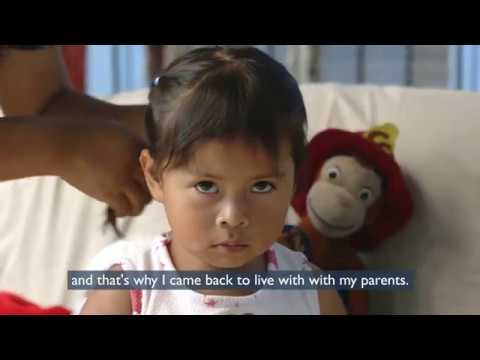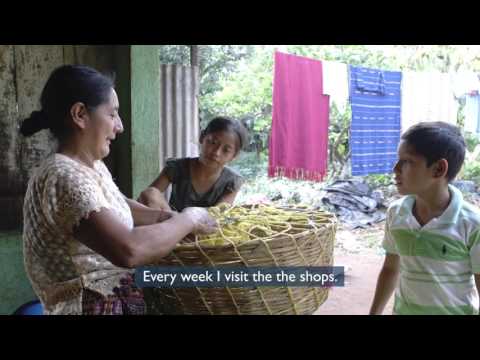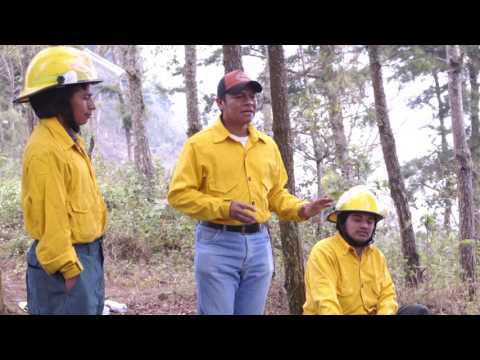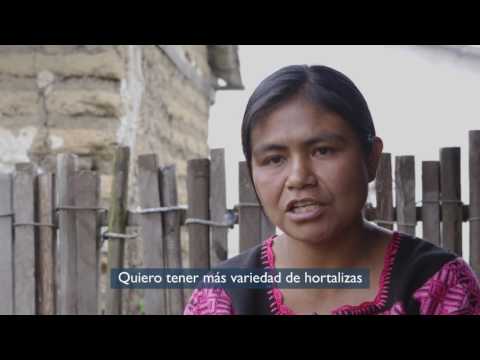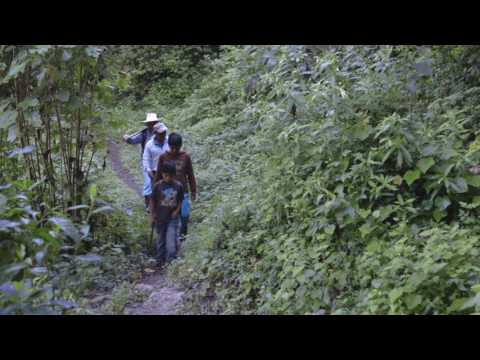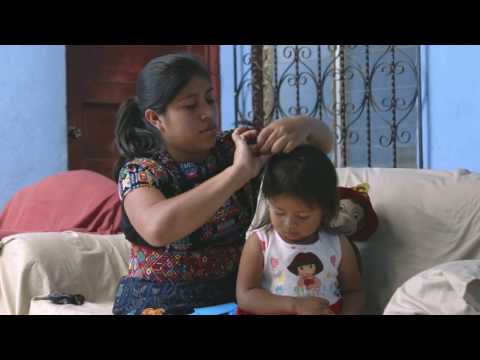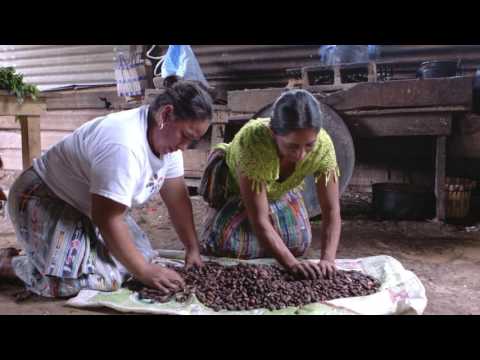Climate Change Resilient Productive Landscapes in Guatemala
Guatemala faces many hazards related to climate variability and climate change. Projections and scenarios indicate increases in temperature, decreases in total mean precipitation, increases in the frequency of extreme precipitation events, as well as in the frequency and intensity of extreme climatic events.
This project aims to increase climate resilience in productive landscapes and socio-economic systems in pilot municipalities that are threatened by climate change and climatic variability impacts, in particular hydro-meteorological events that are increasing in frequency and intensity. It will achieve this through a suite of key outcomes that range from enhancing institutional capabilities, supporting more resilient local economies, and increasing communities’ adaptive capacity.
Project details
Levels of intervention
- Municipality
Source of funds
- Adaptation Fund
Key implementers
- National Governments
Funding amounts
Project partners
- Ministry of Environment and Natural Resources (MARN), Government of Guatemala
- United Nations Development Programme (UNDP)
- Adaptation Fund
Introduction
Guatemala faces many hazards related to climate variability and climate change. Projections and scenarios indicate increases in temperature, decreases in total mean precipitation, increases in the frequency of extreme precipitation events, as well as in the frequency and intensity of extreme climatic events.
This project aims to increase climate resilience in productive landscapes and socio-economic systems in pilot municipalities that are threatened by climate change and climatic variability impacts, in particular hydro-meteorological events that are increasing in frequency and intensity. It will achieve this through a suite of key outcomes that range from enhancing institutional capabilities, supporting more resilient local economies, and increasing communities’ adaptive capacity.

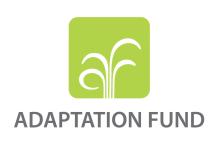
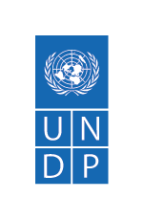
Project details
Climate change scenarios for Guatemalans’ south-western region indicates a progressive warming, where maximum and minimum temperatures tend to increase in all scenarios (from 0.8 to 1.5 C °), while precipitation tends to decrease in the beginning of wet season; October tends to be the wettest month. In the mountainous area of the pilot municipalities, the severity index to climate change ranges from "significant changes vary throughout the year" to "outside comfort zone”.
This project seeks to increase climate resilience in productive landscapes and socio-economic systems in pilot municipalities. The Government of Guatemala selected 5 core priority municipalities (Pochuta, San Miguel Panán, Chicacao, Santa Bárbara y Río Bravo) in the departments of Suchitepéquez and Chimaltenango. Selections were made based on the following criteria: quality of life index, frequency of extreme meteorological events, location of groundwater recharge areas and percentage of indigenous population.
The major climate change threats in this area are hydro-meteorological (floods and landslides). In the Suchitepéquez and Chimaltenango departments there are 61 villages threatened by flood risk, which affects a total of 88,200 inhabitants. A total of 4,540 square km face flood risks in the Sis-Icán, Ocosito, Coyolate, Nahualate, Suchiate Samalá, Madre Vieja and Naranjo basins in the pilot area. Estimated erosion rates are equivalent to 208 tons of sediment per hectare per year. Flow rate studies in these basins show an increase in average flow rates in May (beginning of the rainy season), with increases of 89% to 141% over historical averages.
This project aims to reduce vulnerability to climate change and climate variability through an integrated strategy that addresses specific requirements at all levels. At a systemic level, it will mainstream climate change considerations into key policy frameworks that will in turn be vehicles for incorporating these factors into sectoral planning, programming and investment decisions. Moreover, by working through the new Development Plans and the emerging Land Use regime, the project will influence and strengthen decision making processes at all levels, from national to local and community levels. This will be complemented by targeted work in pilot municipalities that are among the most vulnerable in the country, with a population that is largely poor and indigenous. Project activities will not only focus on enhancing ecosystem integrity and resilience, but also on strengthening the productive practices and socio-economic context of these communities. In the selected pilot municipalities, climate resilient productive practices will be promoted, an effort that will be complemented by the development of more resilient local economies and value chains as well as more robust community organizational structures.
It is recognized that merely addressing one aspect of the complex prism that constitutes climate-resilient development is neither cost-effective nor able to set in place the changes that are required to address long-term climate change challenges. A framework for replication and upscaling will be advanced through the establishment of an enabling environment at the national level, which will include strengthened capacity to assess climate change impacts and to apply relevant tools, along with a dynamic information system structured around a network of sub-national centers of experience.
- Municipality
- National Governments
Farmers; Vulnerable Populations in 12 prioritized municipalities: 7 of the department of Sololá: Santa Catarina Ixtahuacán, Nahualá, Santa Clara La Laguna, Santa Maria Visitation, San Juan La Laguna, Santiago Atitlán and San Pedro La Laguna. 5 of the department of Suchitepéquez: Santo Tomas the Union, San Antonio Suchitepéquez, San Pablo Jocopilas, Chicacao and Santa Bárbara.
- Ministry of Environment and Natural Resources (MARN), Government of Guatemala
- United Nations Development Programme (UNDP)
- Adaptation Fund
News
Key results and output
Component 1: Capacities and tools developed that enhance national and local capabilities for climate change adaptation
Develop improved climate information systems to allow local and national levels to mainstream climate change issues into development and land use plans. Develop new and innovative financial mechanisms to support adaptation processes and initiatives.
Component 2: Recovery and development of climate change resilient practices that reduce vulnerability of communities
Undertake vulnerability analysis in pilot areas and identify ancestral and traditional practices for risk management (e.g. terracing, reservoirs, clay jars for watering crops). Adopt climate change-resilient productive practices, invest in facilities for increased community coping capacity, and produce manuals on practices that reduce vulnerability.
Component 3: Improve food security and livelihood options
Incorporate climate change aspects into the marketing of community products and strenghten accompanying social networks. Develop financing schemes, including insurance, for most vulnerable populations (indigenous and women).
Component 4: Support informed decision-making and advocacy through decentralized information systems
Build on existing centers of expertise to develop an information system, including an awareness programme and lessons learned, to inform the development of technical standards for implementing adaptation proposals.
Reports & publications
Videos & multimedia
Monitoring & evaluation
Project monitoring and evaluation (M&E) will be in accordance with established UNDP procedures and will be carried out by the Project team and the UNDP Country Office. The Results Framework will define execution indicators for project implementation as well as the respective means of verification. Monitoring and evaluating system for the project will be established based on these indicators and means of verification. It is important to note that the Results Framework, together with the impact indicators and means of verification, will be fine-tuned during project formulation.
An inception workshop and accompanying report will be completed within the first two months of project start-up. A Measurement of Mean of verification for Project Purpose Indicators will be completed by the Project Coordinator at the start, middle, and end of the project. Monthly and annual reports will be completed by the project team, the Ministry of Environment and Natural Resources (MARN), and the UNDP Country Office. Mid-term and Final evaluations will be completed by the project team, the Country Office, and external consultants.
Links
Newsfeed
Contacts
- UNDPGabor VerecziRegional Technical Advisor
- Government of GuatemalaMinister Sydney Alexander Samuels MilsonMinister of Environment and Natural Resources

